My HIV journey began when my first partner and I were together in the 1990s. Within three weeks, we fell in love with each other.
He got a call from his ex-partner saying he had been diagnosed with an AIDS-related illness, and he was very sick. It meant that we both needed to get a test – and we knew what the test result was going to be.
It was going to be positive, it felt inevitable, as friends were dropping like flies around us. But my partner tested positive and I tested negative.
The diagnosis broke us, and we split up. Four months later, I got a phone call from him to tell me he was in the hospital, very ill. I went to see him, and two days later, he died. I went to so many funerals around this time: so many friends were dying.
Somehow, I maintained a negative status for years, thinking I was fine. I thought I was somehow immune – until I was finally diagnosed on Friday 13 in December 2001. I had a heavy flu that I could not shift. I was pretty fit and healthy, but I already had an understanding of HIV because of my first partner.
It took me two years to come to terms with my diagnosis. In that time, I went into a spiral of drink and drugs. I felt like I wanted to die.
When I received my diagnosis, the first thing I asked was: “When will I die?” But I met my consultant, and he said to me on my very first day that everything was OK, and everything would be OK. I will never forget him telling me that.
I needed to open up but people judged me unfairly
I realised early on is that having HIV isn’t as hard on you as it is on the people around you. We all know the shame and stigma around HIV still exists. One of my biggest fears was meeting others who were HIV positive. I was terrified of looking at what my future would be.
I had a best friend who lived up here in Seil, and I decided to move after my mum had a bad fall in 2011. I didn’t think a lot about how it would be to be a person living with HIV in Seil – I had no intention of telling anyone.
I kept my status quiet for a very long time, until I lost the plot a bit and was really struggling. I had a friend who I had shared my status with, but we fell out, and that was the moment I learned that you can tell people your status but, once it’s out, you can’t take it back.
Because Seil is a small community, word gets around. The judgment from people was felt so strongly. Walking down to the shop, people are looking at you – they might not even know you, but you feel like people are scared of you. The language at that point was all about “catching AIDS” and dying.
Get tested and know your status
After some time, I started working with Waverley Care. During my first time in Oban, a worker from Waverley Care asked if I wanted to talk to some students at the University of Highlands and Islands about HIV.
That was the very first time I stood in public and said I was HIV positive. It was a mind-blowing experience.
It is so important to know that if you are on treatment, you cannot pass the virus on – also known as undetectable equals untransmittable (U=U)
The following day, I went to a shop on the island and a girl I had known since I arrived in Seil said to me: “Gary, I was at that seminar yesterday and I am so bloody proud of you.” She gave me a huge hug, and I just felt so wonderful.
I want the public to know what stigma does to people living with HIV, and to their loved ones. It is so important to know that if you are on treatment, you cannot pass the virus on – also known as undetectable equals untransmittable (U=U). I would encourage people to get tested and know your status, and to know that everything can be OK in the end.
Gary is a peer mentor for Waverley Care, living in Seil


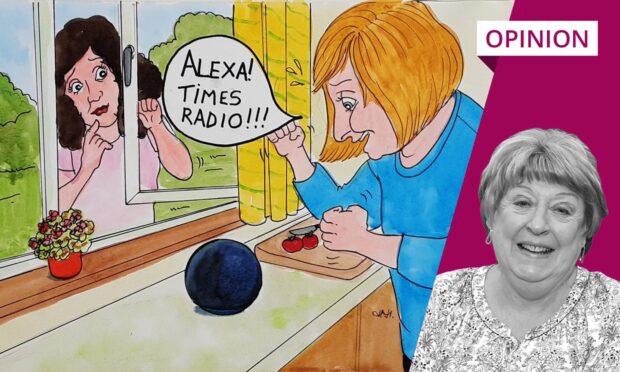
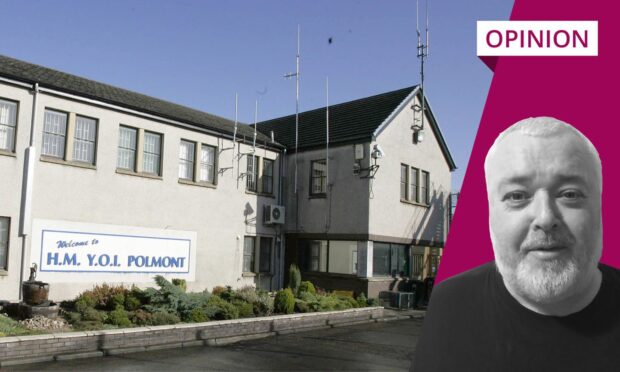
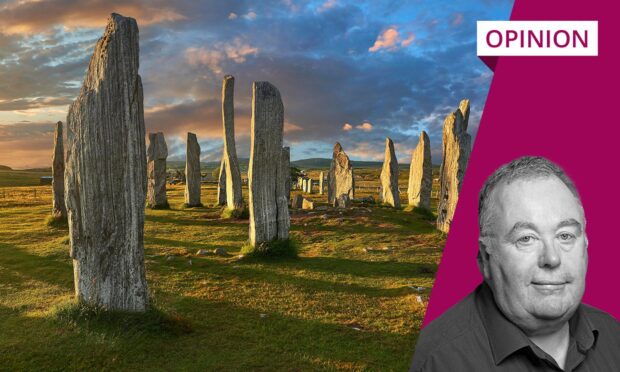
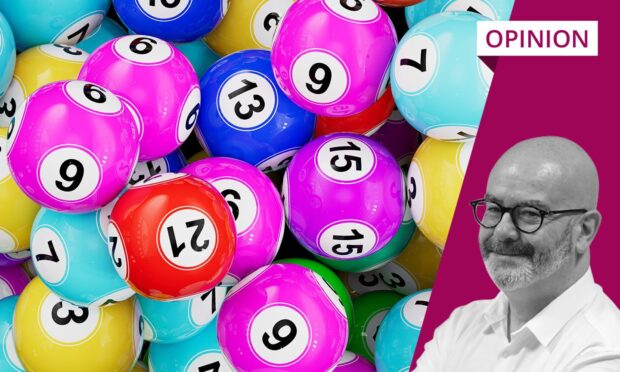

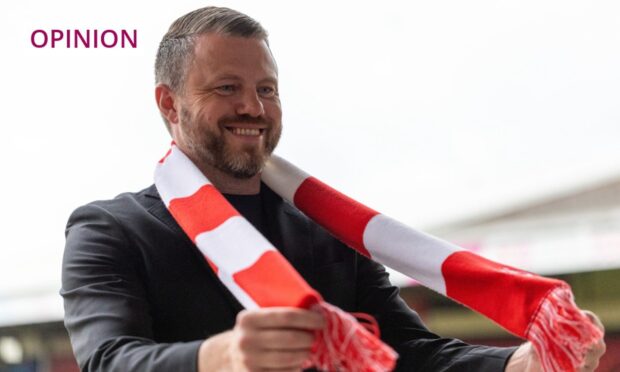

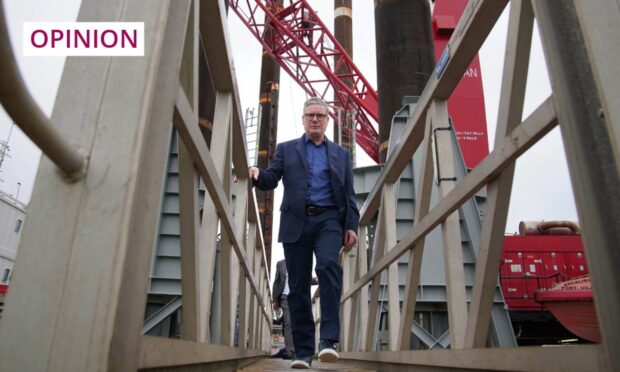
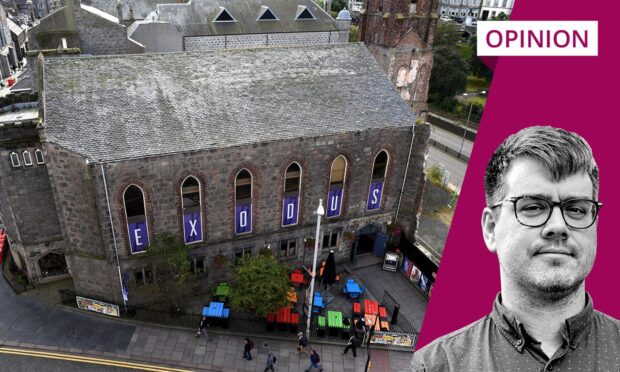
Conversation